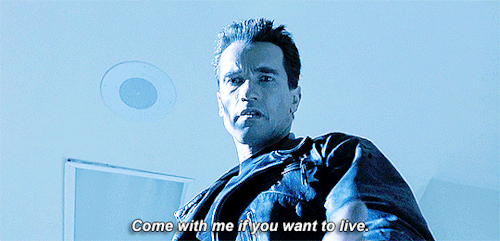Over the last year or so, I’ve taken a keen interest in how rehabilitation professionals qualify athletes to resume sports participation following injuries (“return to play”). It’s a natural area of research for me, as it’s essentially the bridge between rehabilitation and performance training.
One of the biggest conundrums in rehabilitation is the high rates of re-injury -- and whether current return to play testing protocols are even helpful for reducing re-injury risk.
One injury with alarmingly high re-injury rates is the ACL, or anterior cruciate ligament. Return to play testing protocols during ACL rehab typically consist of measures of range of motion, single-leg strength, and hops for distance.
 |
| Four different hops for distance |
Much of the debate centers on which hop tests should go into the testing battery, as there are about a million and one options: single hop, triple hop, triple crossover hop, six-meter timed hop, side hop, etc.
But there’s relatively little talk of a simple way to derive way more information out of whichever hop tests are used.
My friend Tim Rowland and I teamed up to shed light on this subtle addition to testing procedures that we believe can have a major payoff for return to play decision-making:









